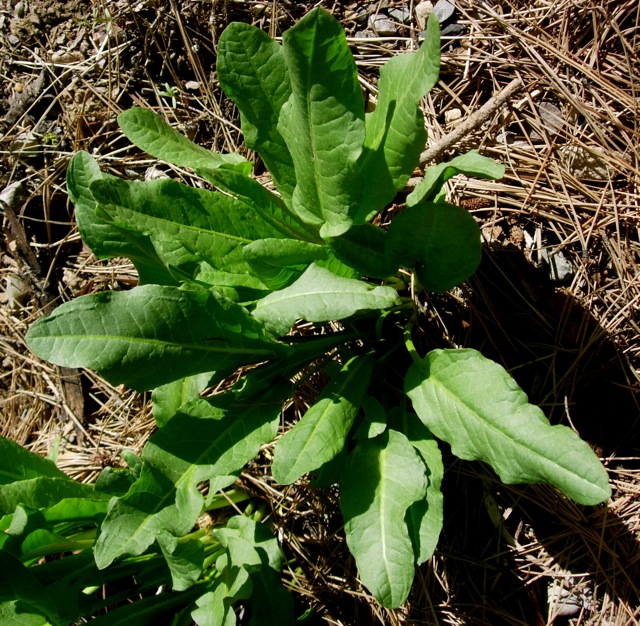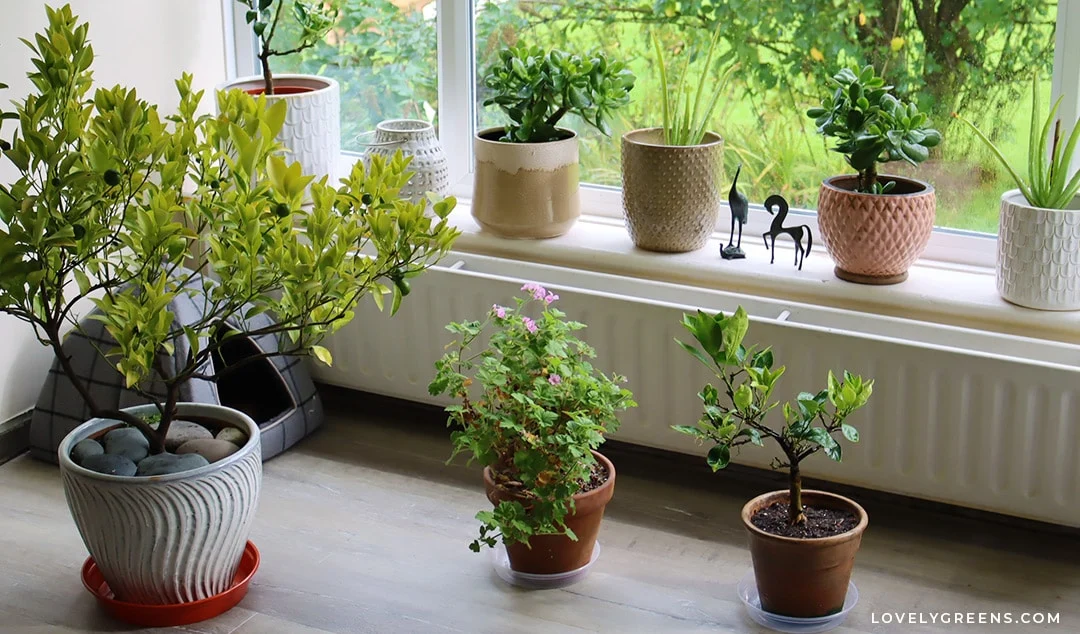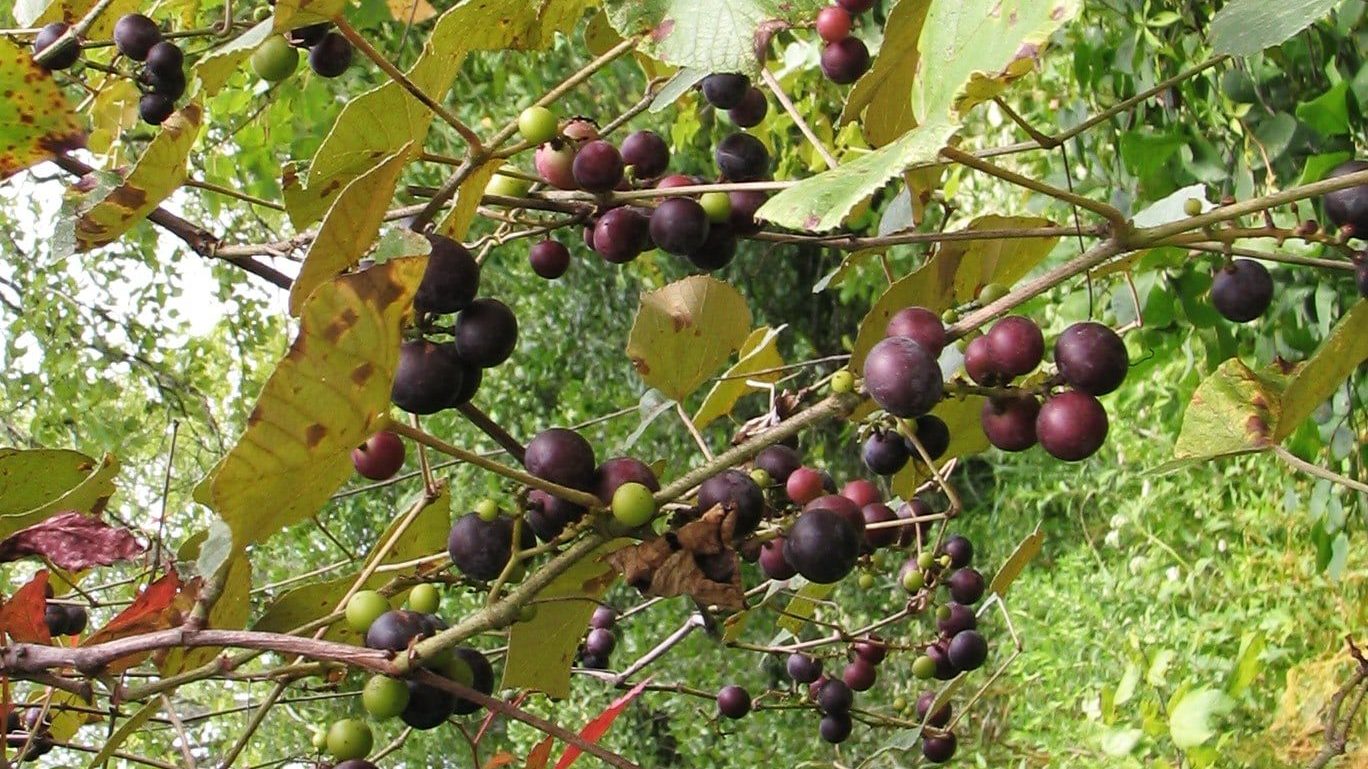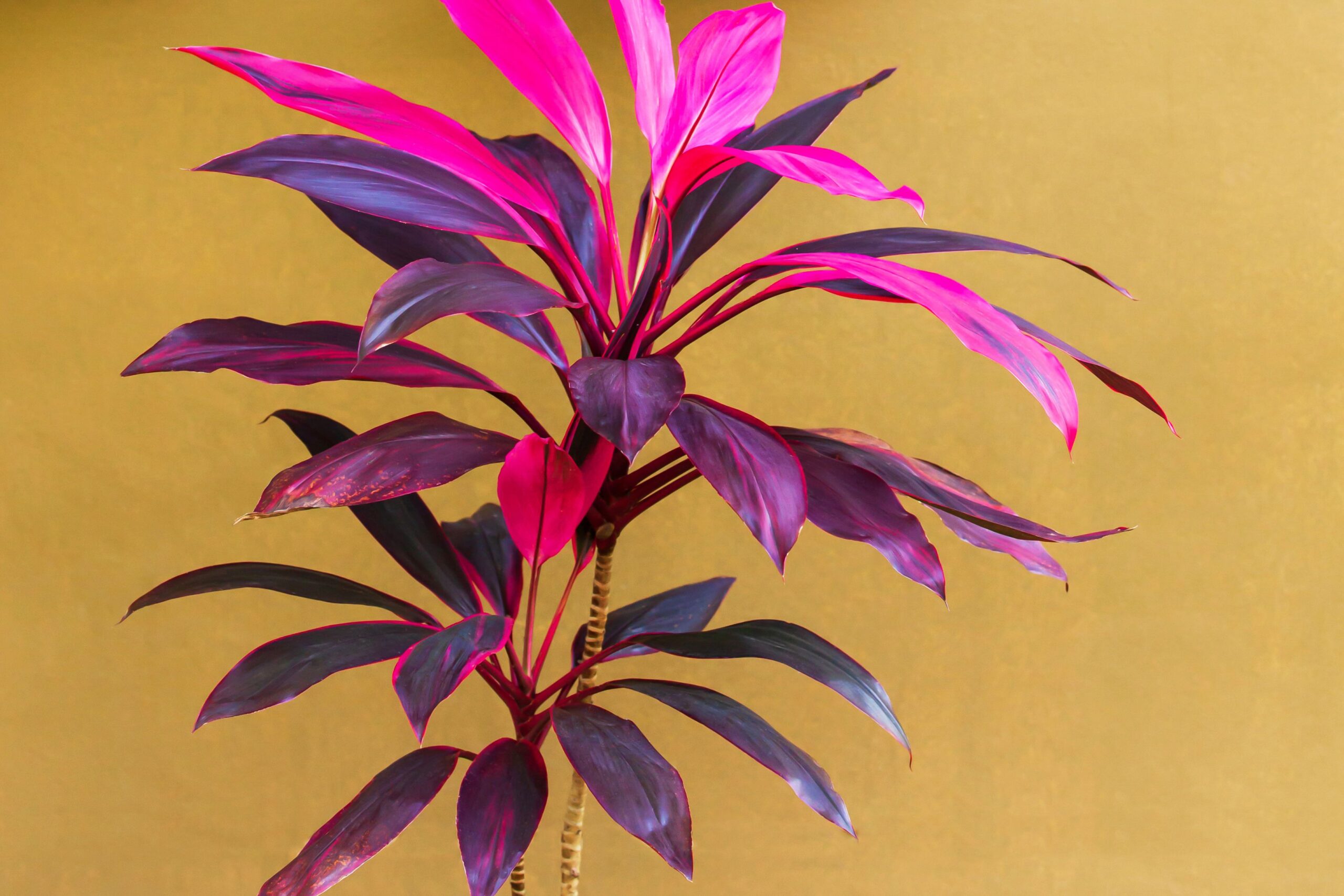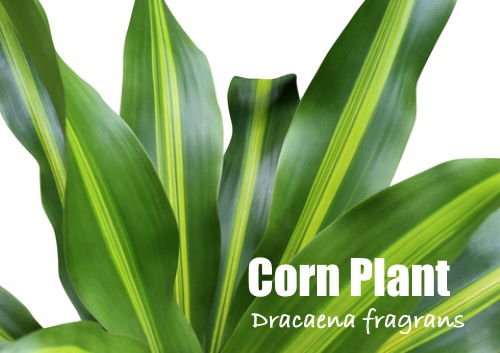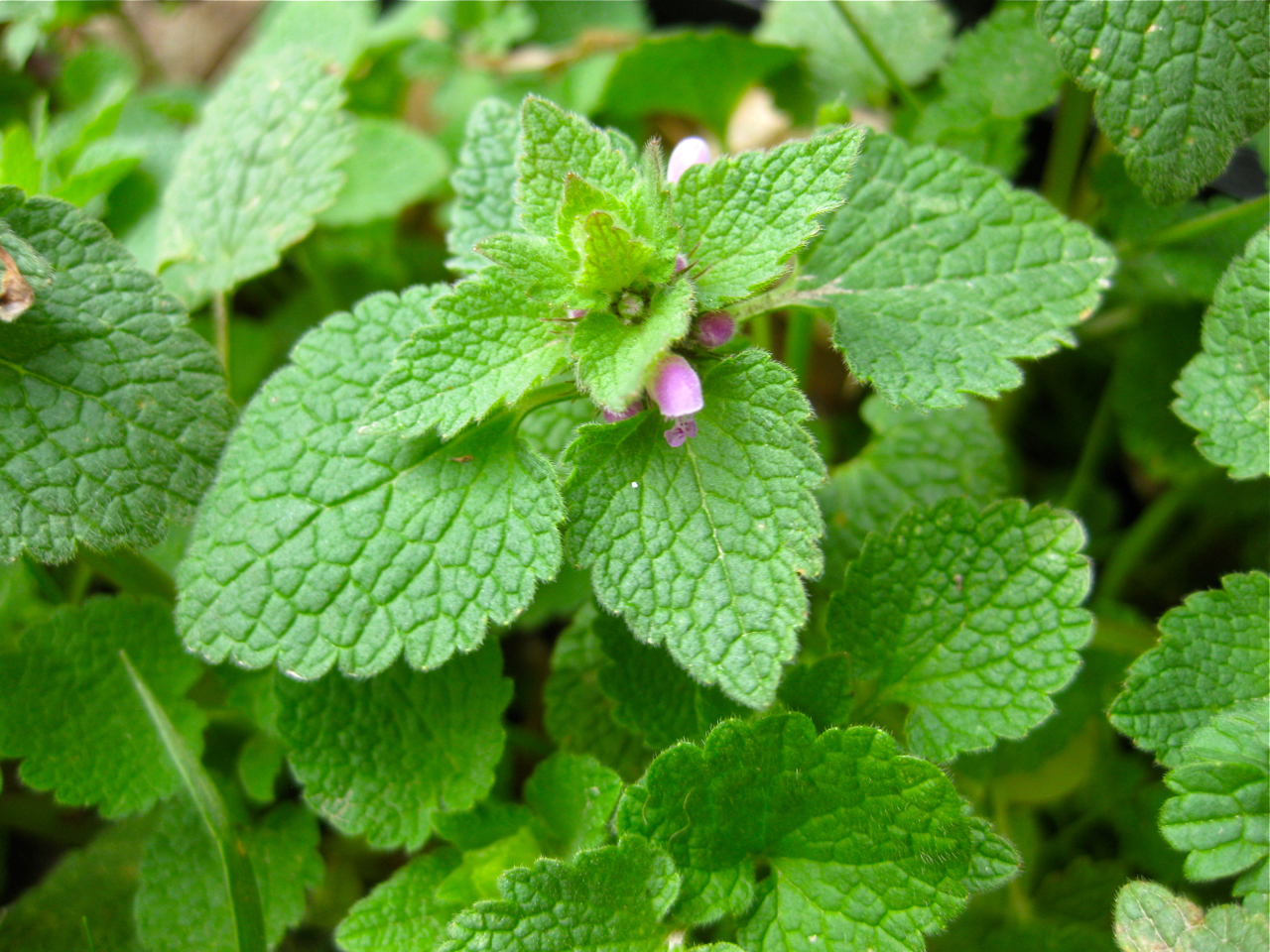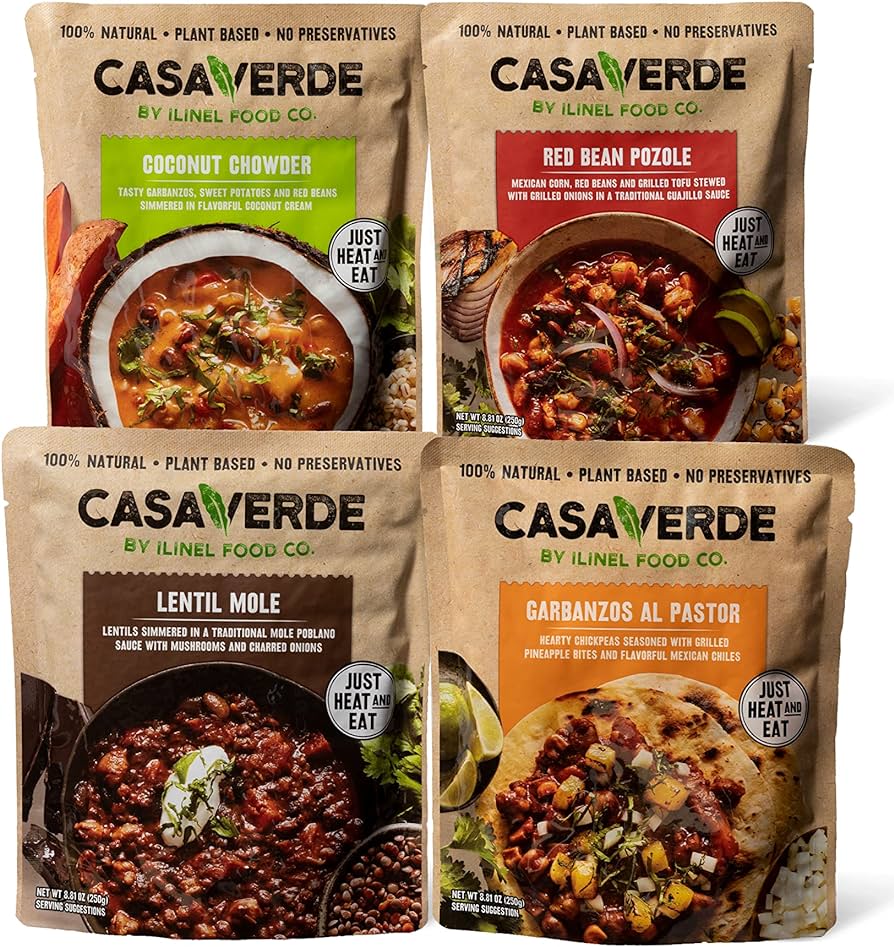Some edible plants native to Texas include Pink Evening Primrose, Wild Onions, and Purple Coneflower. These plants are found in Austin and Central Texas and are abundant in the region.
Texas is home to a variety of plants that have been used for food by Native Americans and continue to be foraged for today. From wild berries like American beautyberry to common plants like Acorns and Texas Persimmon, the diverse landscape of Texas offers a wide array of edible options.
Understanding these native plants and their edible qualities can not only enhance one’s knowledge of the local flora but also provide unique and sustainable food sources for those interested in foraging in Texas. As awareness grows about the importance of native plants, more people are turning to these edible treasures as a way to connect with nature and promote biodiversity.

Credit: lincolntownpress.com
Edible Plant Varieties
When it comes to edible plants native to Texas, there are several varieties to explore. One such variety is wild onions, which can be commonly found in the region. These onions, with their distinct flavor, can add a unique taste to various dishes. Another variety is Texas Persimmons, which are small fruits that are rich in flavor and often used in jams and desserts. Lastly, there are Mustang Grapes, which are known for their tart taste and are used to make jellies and wines. These edible plant varieties are not only delicious but also add a touch of Texas to any meal.

Credit: lincolntownpress.com
Cultivation And Uses
Edible Plants Native to Texas offer a variety of cultivation and uses. Cultivating wild edibles has been a longstanding practice in Texas. Traditional uses in Texas cuisine have incorporated edible plants as essential ingredients. Furthermore, these plants boast medicinal properties that have been known and utilized by indigenous peoples for centuries.
Unique Characteristics
Unique Characteristics: Texas is home to a variety of colorful edible flowers such as winecup and Indian strawberry. The state also boasts indigenous berries including American beautyberry and farkleberry. Further, there are uncommon forage finds like acorns, agarita, and prickly pear.

Credit: www.amazon.com
Popular Foraging Spots
| Popular Foraging Spots |
|---|
Hill Country FavoritesIf you’re looking for popular foraging spots in the Hill Country of Texas, you won’t be disappointed. Here are some botanical gems you should keep an eye out for:
These are just a few examples of the edible plants native to the Hill Country of Texas. Make sure to do your research and take proper precautions when foraging. |
Botanical Gems in AustinAustin, the capital city of Texas, is another popular spot for foraging edible plants. Here are a few native plants you might find:
Remember to only forage in areas where it is legal and always obtain permission from the property owner before collecting any plant matter. |
Central Texas HotspotsIf you’re in Central Texas, there are a variety of edible plants you can find:
Whether you’re in Austin or exploring the Hill Country, Texas offers a wide variety of edible plants for foraging. Just make sure to do your research and forage responsibly. |
Safety And Precautions
When foraging for edible plants native to Texas, it is important to identify poisonous plants to ensure safety. Responsible foraging involves obtaining permission from property owners and respecting private land. It is crucial to be aware of the health risks and allergies associated with consuming wild plants. Additionally, Texas is home to a variety of edible plants such as winecup, American beautyberry, and farkleberry. By familiarizing oneself with these plants and following safety precautions, foraging can be an enjoyable and rewarding experience.
Culinary Delights
Discover the flavorful world of edible plants native to Texas, including the vibrant Purple Coneflower and savory Texas Persimmons. Explore the rich culinary delights of Austin and Central Texas through wild and bountiful foraging opportunities.
| Discover indigenous edible plants in Texas |
| Cooking with foraged ingredients adds a unique Texan twist to dishes |
| Recipes using wild ingredients: prickly pear tunas and Texas persimmons |
| Visiting Texas? Explore foodie delights through native plant culinary experiences |
Cultural Significance
Native edible plants hold a deep historical importance in Texas. These wild foods were essential for the survival of indigenous tribes and early settlers. Today, they continue to play a significant role in Texan culture and are celebrated through local festivals and events. These festivals showcase the diversity of native plants and educate the public about their uses and benefits. The cultural significance of edible plants is also evident in art and literature, where they are often depicted as symbols of the local landscape and heritage. From paintings to poems, these plants have inspired many artistic creations.
Wild edible plants have a rich history in Texas, sustaining communities for centuries. Native tribes such as the Comanche and Apache relied on them as a source of sustenance in a challenging environment. These plants provided essential nutrients and medicinal properties, making them an integral part of traditional healing practices. Today, there is a renewed interest in rediscovering and preserving these historical foods, as they offer a connection to the land and a way to celebrate the heritage of the region.
Local festivals and events dedicated to edible plants showcase the vibrant culinary traditions of Texas. These gatherings bring together farmers, chefs, and food enthusiasts to celebrate the diverse flavors and nutritional value of native plants. Visitors can sample unique dishes made from ingredients like prickly pear, agarita, and wild strawberries. These events also provide educational opportunities, with workshops and demonstrations on foraging, cooking, and preserving wild foods. By promoting the use of native plants in cuisine, these festivals contribute to the preservation of local food traditions and the sustainable use of natural resources.
The influence of native edible plants can be seen in Texan art and literature. Artists and writers often draw inspiration from the flora of the region, incorporating these plants into their works. Paintings capture the vibrant colors and textures of wild berries, flowers, and leaves, while poems and stories explore their symbolic meanings and cultural significance. Through these creative expressions, the beauty and importance of native plants are brought to life, fostering a deeper appreciation for the natural world and its connection to Texan identity.
Sustainable Harvesting
Conservation efforts for wild plant species are essential for preserving Texas’ indigenous flora. Ethical harvesting practices, such as obtaining necessary permits and respecting private property rights, ensure sustainable collection of native plants. By implementing responsible harvest methods, we contribute to the preservation of biodiversity and the continued availability of these valuable resources for future generations.
Frequently Asked Questions For Edible Plants Native To Texas
What Food Plants Are Native To Texas?
Native food plants in Texas include prickly pear, wild onions, purple coneflower, Texas persimmons, agarita, wild tomatoes, and acorns.
Is Foraging Legal In Texas?
Foraging in Texas is not legal without permission from the property owner. It is considered stealing and can lead to arrest.
What Is The Purple Edible Flower In Texas?
The purple edible flower in Texas is called Winecup, also known as purple poppy mallow. It’s easy to grow and spreads quickly, making it a popular choice among gardeners. Notably, it can also serve as an excellent ground-cover plant.
What Wild Berries Can You Eat In Texas?
In Texas, you can eat blackberries, dewberries, American beautyberries, farkleberries, and Indian strawberries.
Conclusion
Native edible plants in Texas offer a diverse range of flavors and nutrition. From the delicate petals of the winecup flower to the tart sweetness of Texas persimmons, there is something for everyone to enjoy. Foraging for these plants can be a rewarding and sustainable way to connect with nature and support local ecosystems.
So next time you’re out exploring the Texas wilderness, keep an eye out for these delicious treasures. Just make sure to obtain permission from property owners and respect the environment while foraging. Happy hunting!


